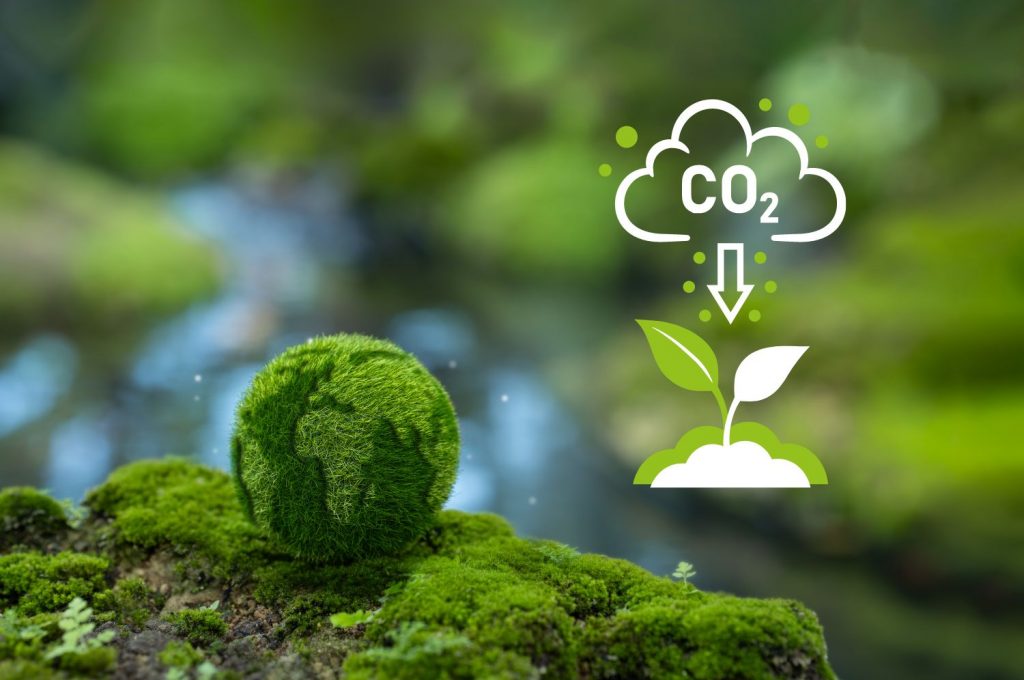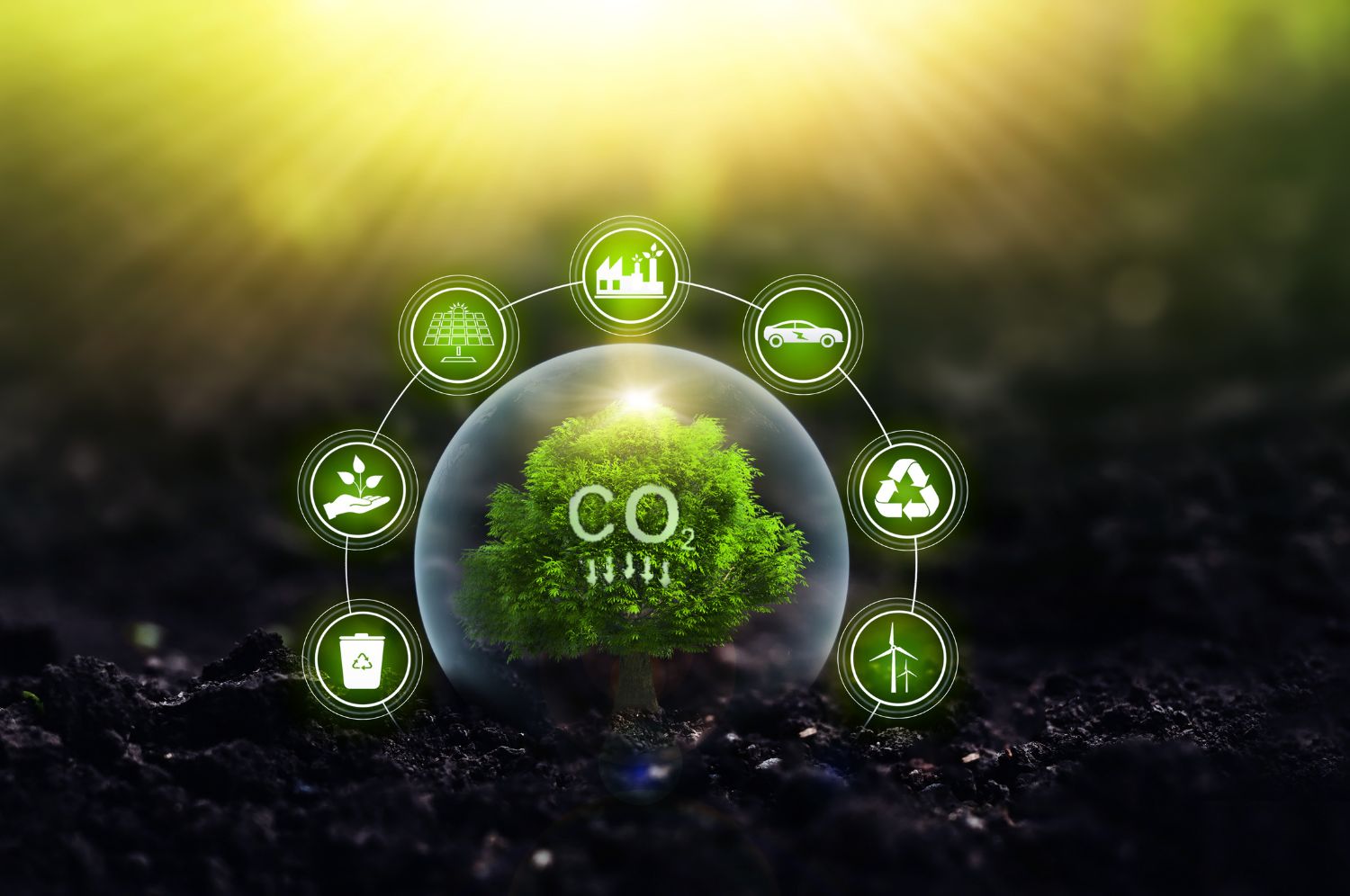
What is carbon offset? How does it work? These are very important questions that we need to know to fight against climate change. Carbon offset has emerged as a crucial strategy for reducing greenhouse gas emissions. As individuals and organizations seek to mitigate their environmental impact. By understand what carbon offset is and how it works becomes increasingly important.
What is Carbon Offset?
A carbon offset is a certificate that shows the reduction of one metric ton (2,205 lbs) of carbon dioxide emissions, which is a major contributor to climate change. Revenue from purchasing carbon offsets will be invested in projects that reduce or remove an equivalent amount of CO2 from the atmosphere. These projects can include reforestation, renewable energy initiatives, methane capture, and energy efficiency improvements.

How Does Carbon Offset Work?
The carbon offset process typically involves the following steps:
- Calculating Emissions: The first step is to measure the carbon footprint of an individual, organization, or activity. This involves calculating the total amount of CO2 emissions produced over a specific period or by a particular activity.
- Choosing Offset Projects: After calculating the emissions, the next step is to select projects that will offset the equivalent amount of CO2. These projects are often verified by third-party organizations to ensure their effectiveness and credibility.
- Investing in Projects: The individual or organization then invests in the chosen offset projects. This investment helps fund the initiatives that reduce or remove CO2 from the atmosphere.
- Offset Certification: Upon successful investment, the investor receives a carbon offset certificate. It indicates the amount of CO2 emissions that have been offset.
Types of Carbon Offset Projects
There are various types of carbon offset projects, each contributing to emission reduction in different ways:
- Reforestation and Afforestation: Planting trees and restoring forests help absorb CO2 from the atmosphere, acting as natural carbon sinks.
- Renewable Energy: Projects that promote renewable energy sources, such as wind, solar, and hydropower. It will reduce reliance on fossil fuels and lower CO2 emissions.
- Methane Capture: Capturing methane emissions from landfills, agriculture, and industrial processes. It helps preventing this potent greenhouse gas from entering the atmosphere.
- Energy Efficiency: Improving energy efficiency in buildings, transportation, and industrial processes reduces the amount of energy consumed and the corresponding CO2 emissions.
- Carbon Sequestration: Techniques such as soil management and biochar application enhance the natural carbon storage capacity of soils.
Benefits of Carbon Offset
Investing in carbon offset projects offers several benefits:
- Environmental Impact: Carbon offsetting helps reduce the overall concentration of greenhouse gasses (GHG) in the atmosphere, mitigating the effects of climate change.
- Sustainability: By supporting renewable energy and energy efficiency projects, carbon offsetting promotes sustainable development and reduces reliance on fossil fuels.
- Biodiversity Conservation: Reforestation and afforestation projects not only absorb CO2 but also enhance biodiversity by providing habitats for various species.
- Economic Growth: Carbon offset projects often create job opportunities and stimulate economic growth in local communities.
- Corporate Responsibility: For businesses, investing in carbon offset projects demonstrates a commitment to corporate social responsibility and sustainability.
How to Get Started with Carbon Offsetting
Individuals and organizations can start their carbon offset journey by following these steps:
- Calculate Your Carbon Footprint: Use online carbon calculators or consult with experts to measure your carbon emissions.
- Research Verified Projects: Look for reputable carbon offset projects that are verified by third-party organizations such as the Verified Carbon Standard (VCS) or Gold Standard.
- Make an Investment: Invest in the chosen projects through certified carbon offset providers.
- Monitor and Report: Track the progress of the offset projects and report the results to stakeholders to demonstrate transparency and accountability.
Conclusion
Carbon offsetting is a powerful tool in the fight against climate change, offering a practical way to balance unavoidable emissions while supporting sustainable development. By understanding how carbon offset works and its benefits, individuals and organizations can make informed decisions to reduce their environmental impact and contribute to a greener future. Investing in carbon offset projects not only helps mitigate climate change but also promotes biodiversity conservation, economic growth, and corporate responsibility, making it a win-win strategy for the planet and its inhabitants.


